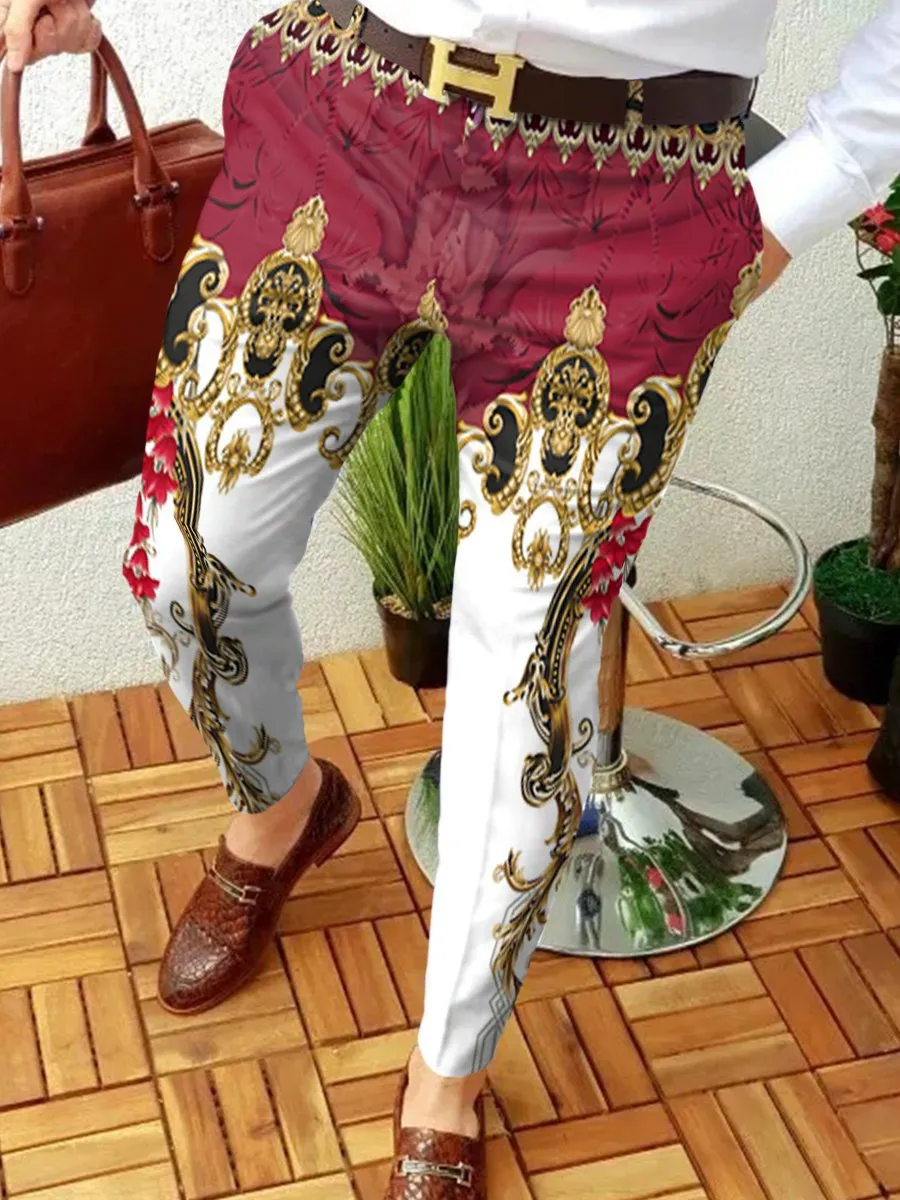
Mejor Precio En A Granel Jeans À La Mode Jeans Taille Haute Vintage Design Jeans Skinny Pas Cher Prix Taille Haute Femmes 2018 Printemps Automne Pantalon En Jean Cool | Envío Gratuito

Totalcadeau - Pantalon jean à taille haute - Pour femme Taille - M pas cher - Appareil manucure - Rue du Commerce

Promotion jeans et pantalons pour femme - Jean taille haute pas cher - Pantalons larges, skinny, simili cuir en promotion - Cinelle Paris

Jean Droit Levi's Taille Haute Longueur Cheville Bleu - Jeans Femme NA-KD | Jean taille haute femme, Pantalon taille haute femme, Jeans mom taille haute









/product/28/779121/2.jpg?8355)











